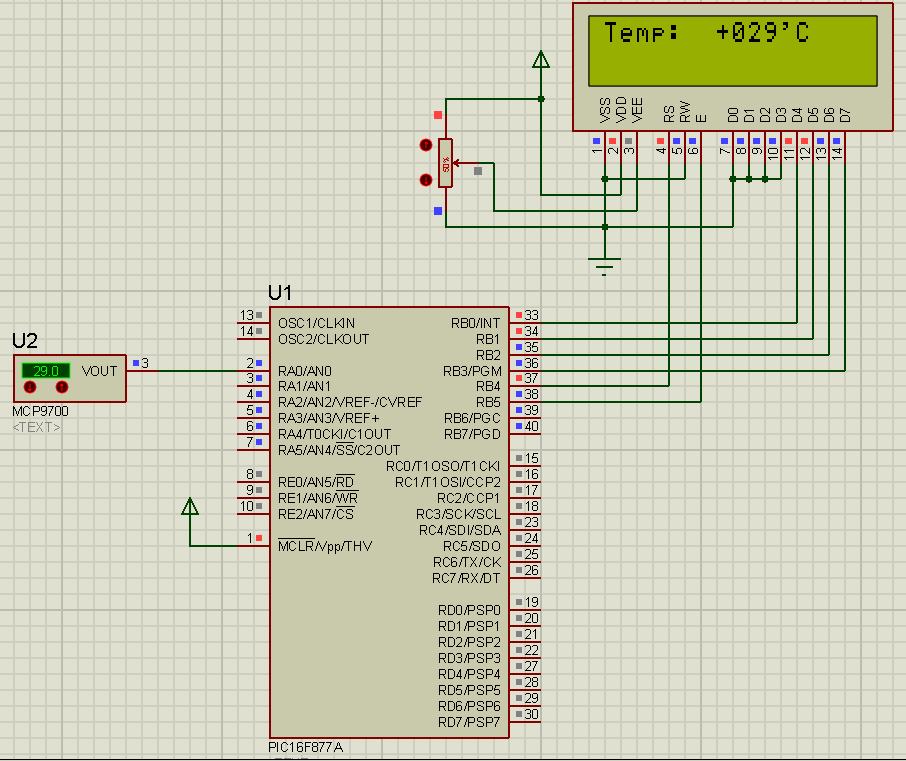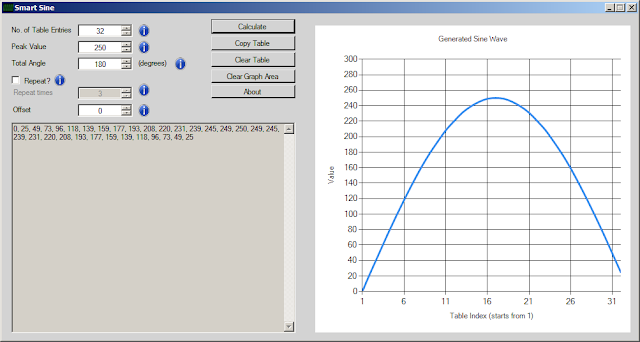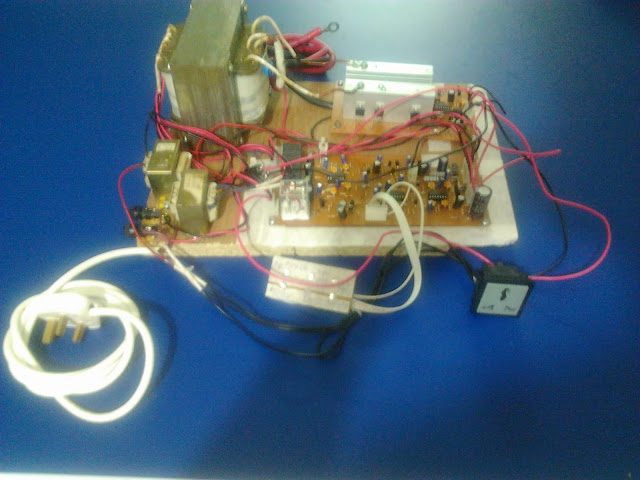Interfacing a color TFT display with the PIC32MX250F128B
I have been working on interfacing the PIC32MX250F128B with a small 2.2" TFT display from Adafruit. It's a nice little display that is fairly easy to communicate with, using SPI communication. The display I'm using is: http://www.adafruit.com/product/1480 Adafruit provides nice open-source libraries for their products. However, they are for Arduino and thus cannot be directly reused for the PIC32. I went through the library and ported it over for the PIC32, in C. I have attached my project file as a .zip file and you can download it to go through the library header and source files, as well as the demo code. I've tried heavily commenting the code so that it is self-explanatory. As far as hardware goes, with the demo code, the pin connections for the display are: BL (backlight): I left it unconnected, but you can connect it to 3.3V for backlight. SCK: connected to RB14 on the PIC MISO: left unconnected, since I'm not reading anything from the screen MOSI: connected











